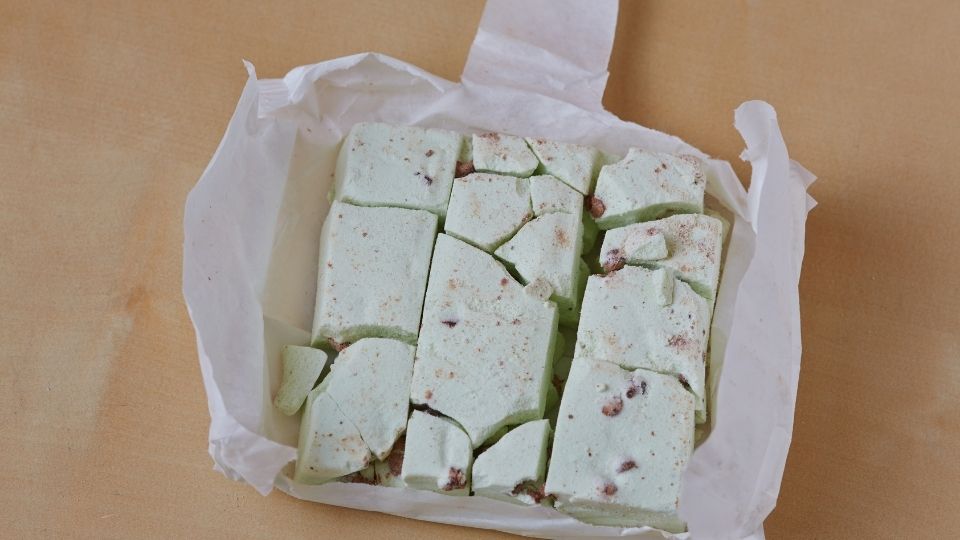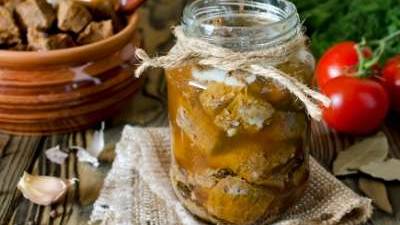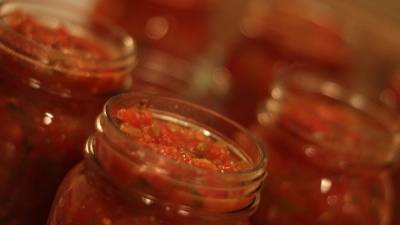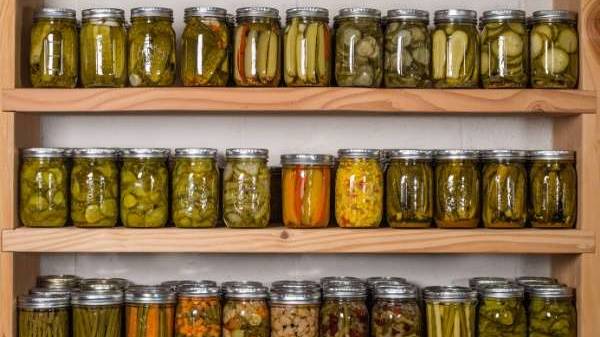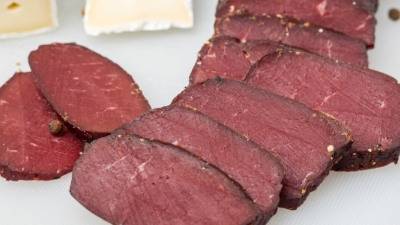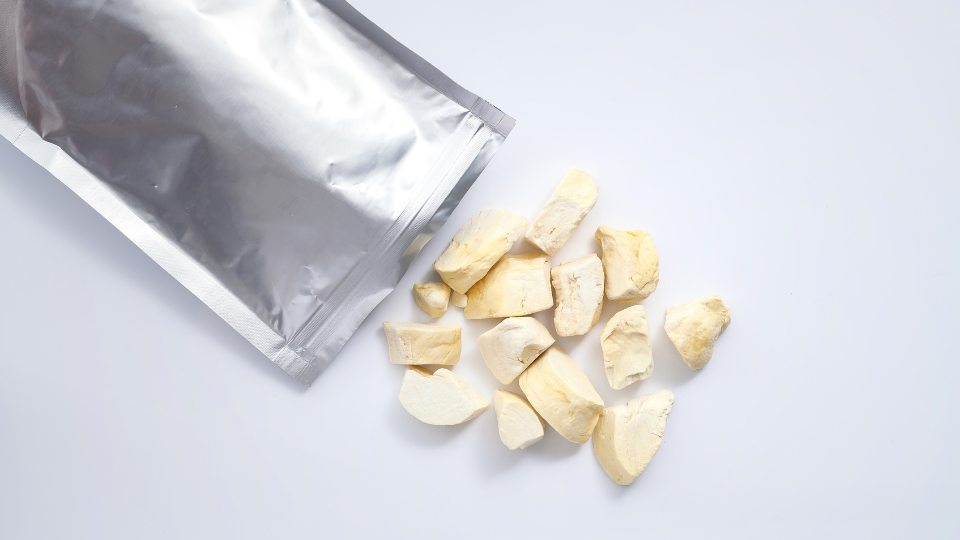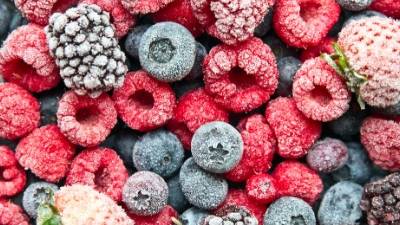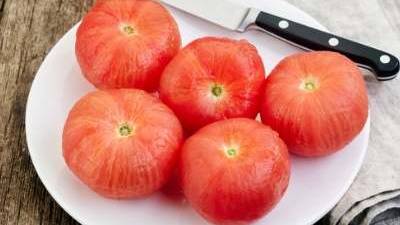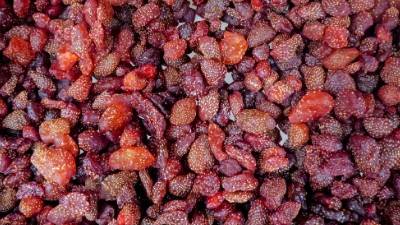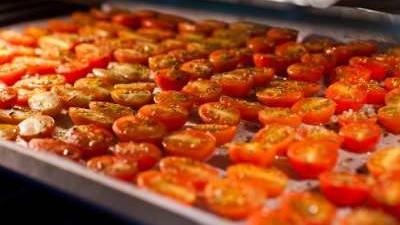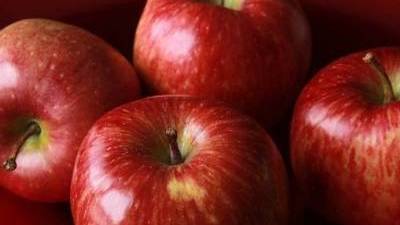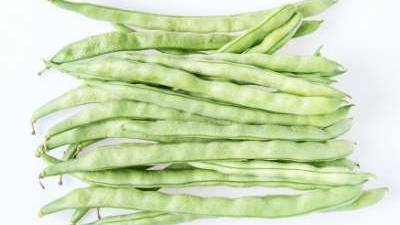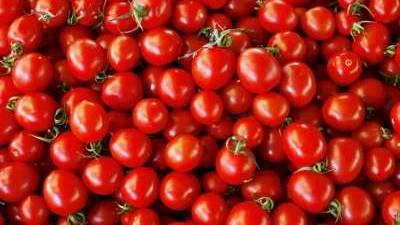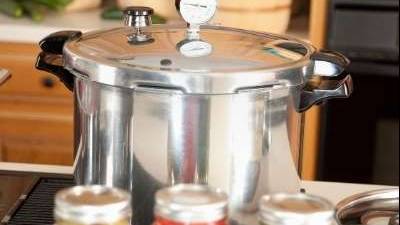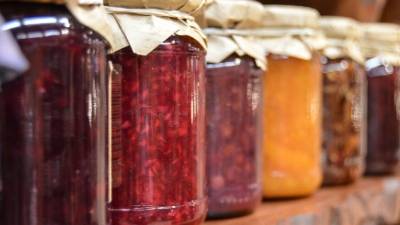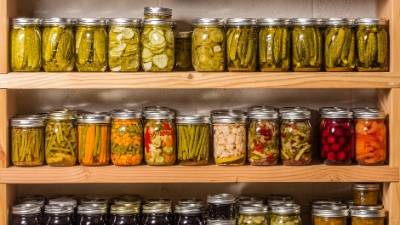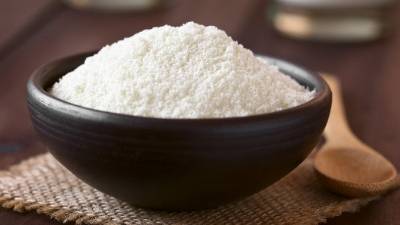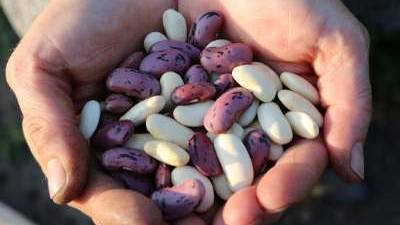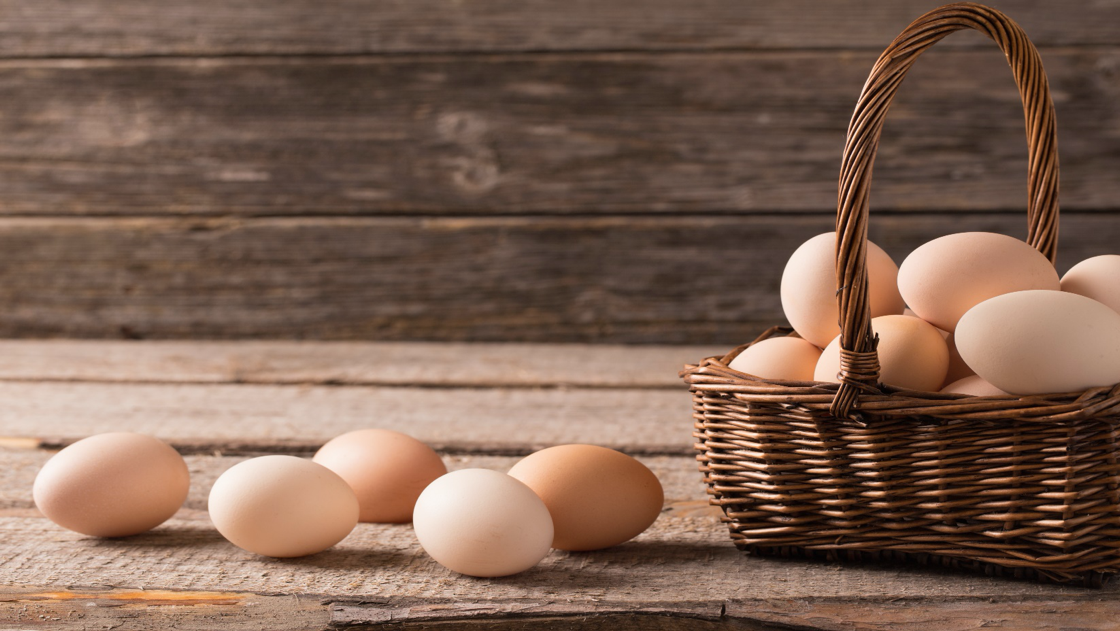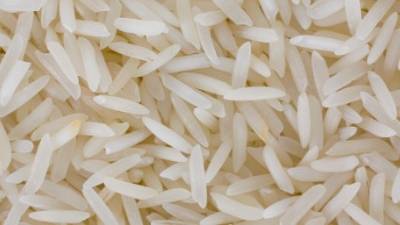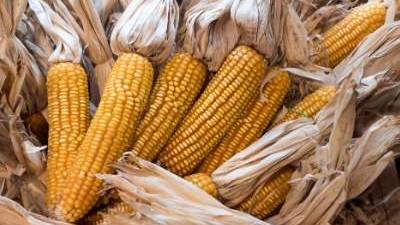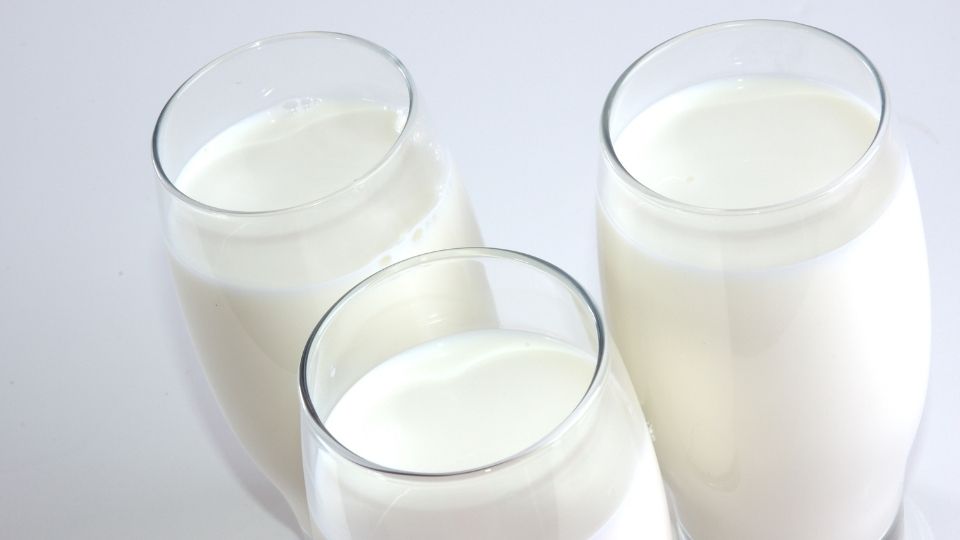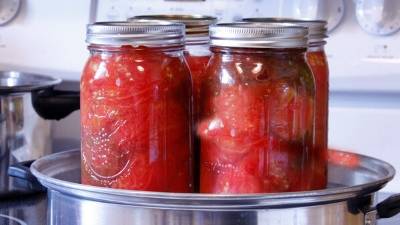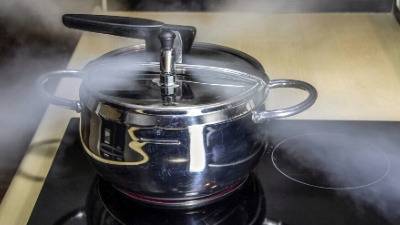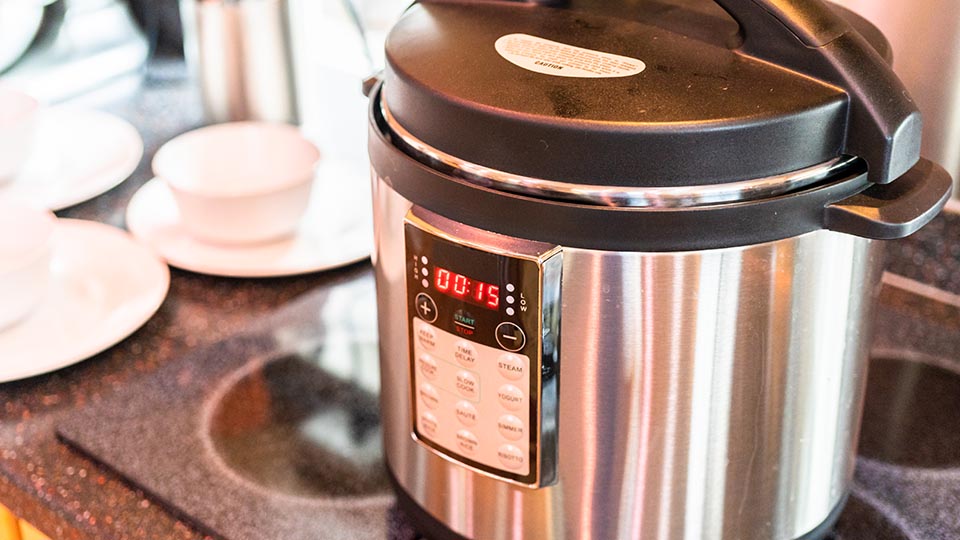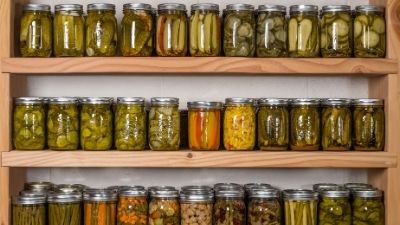How to Preserve Summer Squash
(see also zucchini)
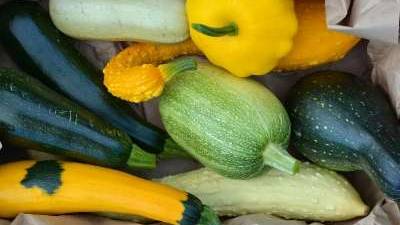
Did you know?
- Summer squash includes zucchini, cocozelle, yellow crookneck, straightneck, white scallop, and patty pan varieties.
- Winter squash are related, but have hard skins and include pumpkin, acorn, buttercup, and banana squash.
- Unfortunately, pressure canning any variety of summer squash is not safe.
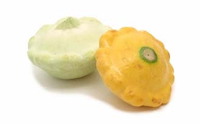 Patty Pan |
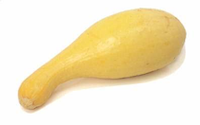 Yellow Crook Neck Yellow Crook Neck |
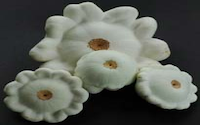 White Scallop |
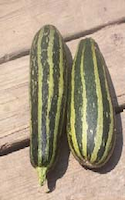 Cocozelle |
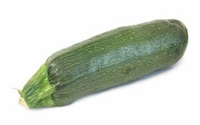 Zucchini Zucchini |
Utah Varieties, Planting, and Harvesting
Most varieties of summer squash do well throughout Utah. All squash prefer organic, rich, well-drained, sandy soils for best growth. Squash should be planted when soils are 65 degrees F or after frost danger has past. Plant 4-6 seeds in mounds 4 feet apart. After they have two leaves, thin to two plants per mound. Water deeply and infrequently, 1-2 inches per week. Use drip irrigation if possible. Mulch around the plants will conserve soil moisture and reduce weed growth. Irrigate so that moisture goes deeply into the soil. Reduce watering amounts as the fruits ripen to avoid fruit rot. Summer squash take 35-45 days to come into flowering. Summer squash are generally harvested immature (3-5 days after the flower opens). If left on the vine Reviewed March 2010 longer, the skin begins to toughen and quality decreases. For more detailed gardening information please the see Extension fact sheet “Summer and Winter Squash in the Garden” by Rick Hefelbower and Dan Drost, USU Vegetable Specialists (http://extension.usu.edu/files/factsheets/squash.PDF).
Selection and Preparation of Summer Squash
Choose freshly harvested squash that have not been left on the vine too long as they become tough. The smaller the squash, the less likely they will be bitter or woody. So, if you grow them yourself, don’t be afraid to pick them when they’re still small. Wash squash in cold water to remove all visible signs of soil. Handle carefully as summer squash bruise easily. You can store summer squash at 45-55 degrees F (or in your refrigerator crisper drawer) for 2-4 days.
Freezing
Blanching
Summer squash, like most vegetables, must be blanched before they can be frozen. Blanching stops enzyme actions that can cause loss of flavor, color and texture. Blanching works best if you heat 1 gallon of water to boiling in a large pot fitted with a wire basket or colander. Wash and cut summer squash into 1/2-inch slices, or grate flesh for baking use. Add no more than 1 pound of squash (4-6 cups) to the boiling water. If the water does not return to a boil within 30 seconds to 1 minute, then you added too much. Once the water returns to a boil, blanch squash for 3 minutes (4 minutes at elevations greater than 3,500 feet). After 3 minutes, remove the squash, using the basket or colander, and plunge pieces into cold water or ice water. The quicker the slices or grated squash cool, the more crispness they will retain.
Freezing
Fill pint- or quart-size freezer bags close to full. Squeeze out the excess air. Or, tightly pack rigid freezer containers leaving a ½ - 1 inch headspace. For all containers: seal, label and freeze. To freeze squash slices so that they do not stick together, place them in a single layer on a cookie sheet. Cover with plastic wrap and freeze solid. Once the slices are solid, place them into freezer bags or rigid freezer containers.
Canning
The heat required to can squash results in the squash flesh turning into mush and sinking to the bottom of the canning jar. The compacted flesh will not heat evenly. Therefore, all process times and temperatures are unsafe. Winter squash varieties can be safely canned under limited circumstances. Please see http://www.uga.edu/nchfp/how/can_04/pumpkin_winter_squash.html for science-based safe canning procedures for winter squash.
Pickling
There are currently no safe, tested recipes for pickling summer squash followed by boiling water canning. There are a few pickled squash recipes that can be made, but they must be refrigerated.
Refrigerator - Squash n’ Onion Relish
4 cups tender yellow squash, (finely sliced for pickle style or diced for relish style)
1 cup finely chopped onions
1 red sweet pepper, chopped
1 green sweet pepper, chopped
1/4 cup pickling salt (regular salt will substitute)
1 ½ cups sugar
1 cup white vinegar
1 teaspoon mustard seed
1 teaspoon celery seed
1 teaspoon turmeric (optional: for chutney flavor)
Directions: Slice or chop all vegetables into a clean bowl. Pour over 1/4 cup salt and 1 cup water. Let stand 1 hour in the refrigerator. Drain well and rinse with cold water twice. Bring vinegar, sugar, mustard seeds and celery seeds to a boil. Pour hot mixture over rinsed vegetables. Place mixture into a refrigerator safe container with a sealable lid. Refrigerate until cool, then use as needed. The unused portion can be kept for up to 7 days in the refrigerator.
Drying
Blanch squash slices as outlined above, except add 1 teaspoon/gallon citric acid to the blanching water. This will help reduce darkening during the drying process. Drain slices and arrange them in a single layer on a dehydrator tray. Place dryer trays into the dehydrator and dry at 140-145 degrees Fahrenheit for 8-10 hours or until slices are crisp and brittle. To store, place the dried food in plastic bags, press out air, seal or close, and then place in glass jars which are tightly sealed. Ten pounds of fresh squash will dry to approximately ¾ pound. Dried squash can be used in soups or stews. Process dried slices in a food chopper and use in breads or baked goods.
Storage
Preserving squash that have lost quality will not re-create an acceptable product. Older, larger fruits that have become tough will not soften when stored.
Fresh Squash
Store fresh squash in the refrigerator crisper in plastic storage bags or rigid containers to retain moisture. Stored in this manner, squash will maintain quality for 5-7 days. Avoid storing fresh squash in areas that might freeze.
Frozen squash
Label and date packages. Properly packaged and frozen, squash should maintain high quality for approximately 10 months in the freezer.
Pickled squash
Seal, label and date containers. Place in the refrigerator. For best quality and safety, consume the pickled squash within 7 days.
Dried squash
Pack cooled, dried foods in small amounts in glass jars or in moisture and vapor-proof freezer containers, boxes or bags. Store in a cool, dry, dark place. Dried squash should store for 1-12 months.
Vacuum Packaging
Vacuum packaging can extend the shelf life of either frozen or dried squash. Vacuum packaging cannot be used as a food preservation method alone. Follow manufacturer’s directions. After packaging, return frozen squash to the freezer. Vacuum packaged frozen squash will have a longer shelf life than frozen squash which is not vacuum packaged. Vacuum packaged dried squash will resist moisture better and extend the shelf life.
Nutritional Information
One cup sliced (100g), fresh summer squash has approximately 18 calories, 1 g fiber, and 1 g protein. They are an excellent source of vitamin C. Cooked squash will have essentially the same calories, fiber and protein, but will lose approximately 75% of the Vitamin C during the cooking process (http://www.nal.usda.gov/fnic/foodcomp/Data/index.html).
Recipes
Summer Squash Bread
3 eggs, beaten
2 cups white sugar
1 cup vegetable oil
2 teaspoons vanilla extract
3 cups all-purpose flour
3 teaspoons baking powder
2 teaspoons ground cinnamon
2 teaspoons ground nutmeg
2 cups shredded summer squash (fresh or frozen and thawed, but not dried)
Directions: Preheat oven to 325 degrees F (165 degrees C). Grease two bread pans approx. 9 x 5 inches. In a large mixing bowl, beat the eggs until fluffy. Beat in the sugar, oil, and vanilla. Gradually mix in the flour, baking powder, cinnamon, and nutmeg. Fold in the squash. Transfer to the prepared baking dish. Bake approximately 45 minutes in the preheated oven, until a knife inserted in the center comes out clean. You may have to make adjustments for your altitude. Option 1: add ¼ - ½ cup chopped pecans or almonds. Option 2: sprinkle ¼ cup brown sugar on the surface before baking. Option 3: replace the oil with 1 cup applesauce.
Squash Soup (from Dried Squash)
2 tablespoons olive oil
1 sweet onion, thinly sliced
2 minced garlic cloves
2 tablespoons flour
1 cup dried squash slices
3 cups chicken or vegetable stock
3 cups half and half cream
2 teaspoons minced fresh basil
2 teaspoons minced fresh oregano Salt and ground pepper
Directions: Heat oil in a saucepan over medium-low heat. Add the onion and garlic and cook until onion is softened, stirring occasionally. Add flour and stir 3 more minutes over the heat. Stir in stock and dried squash. Reduce heat and simmer 20 minutes. Add half and half cream, fresh basil and fresh oregano. Continue heating until soup is hot. Season with salt and pepper, and serve. Option: Soup can be chilled and served cool on hot summer days.
Fried Yellow Squash Patties (from Frozen Grated Squash)
2 cups grated yellow squash
1/4 cup self-rising flour
1/3 cup self-rising cornmeal
1 small onion, chopped
1 egg, beaten pepper to taste oil for frying
Directions: Combine all ingredients. With a tablespoon, spoon mixture into a hot greased frying pan. Brown both sides and cook through. Place patties on a paper towel to drain. Serve hot.
References
- Freezing Summer Squash (Cocozelle, Crookneck, Pattypan, Straightneck, White Scallop, Zucchini). 1994. National Center for Home Food Preservation. Available at: http://www.uga.edu/nchfp/how/freeze/squash_summer.html. Accessed 1 Aug 2007.
- P. Kendall, P. DiPersio, and J. Sofos. Drying Vegetables. 2004. Colorado State University. Available at: http://www.uga.edu/nchfp/how/dry/csu_dry_vegetables.pdf. Accessed 1 Aug 2007.
Related Research
Brian Nummer
Related Research



